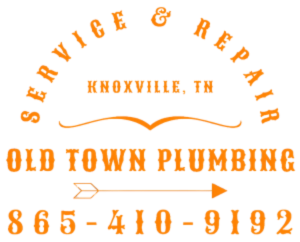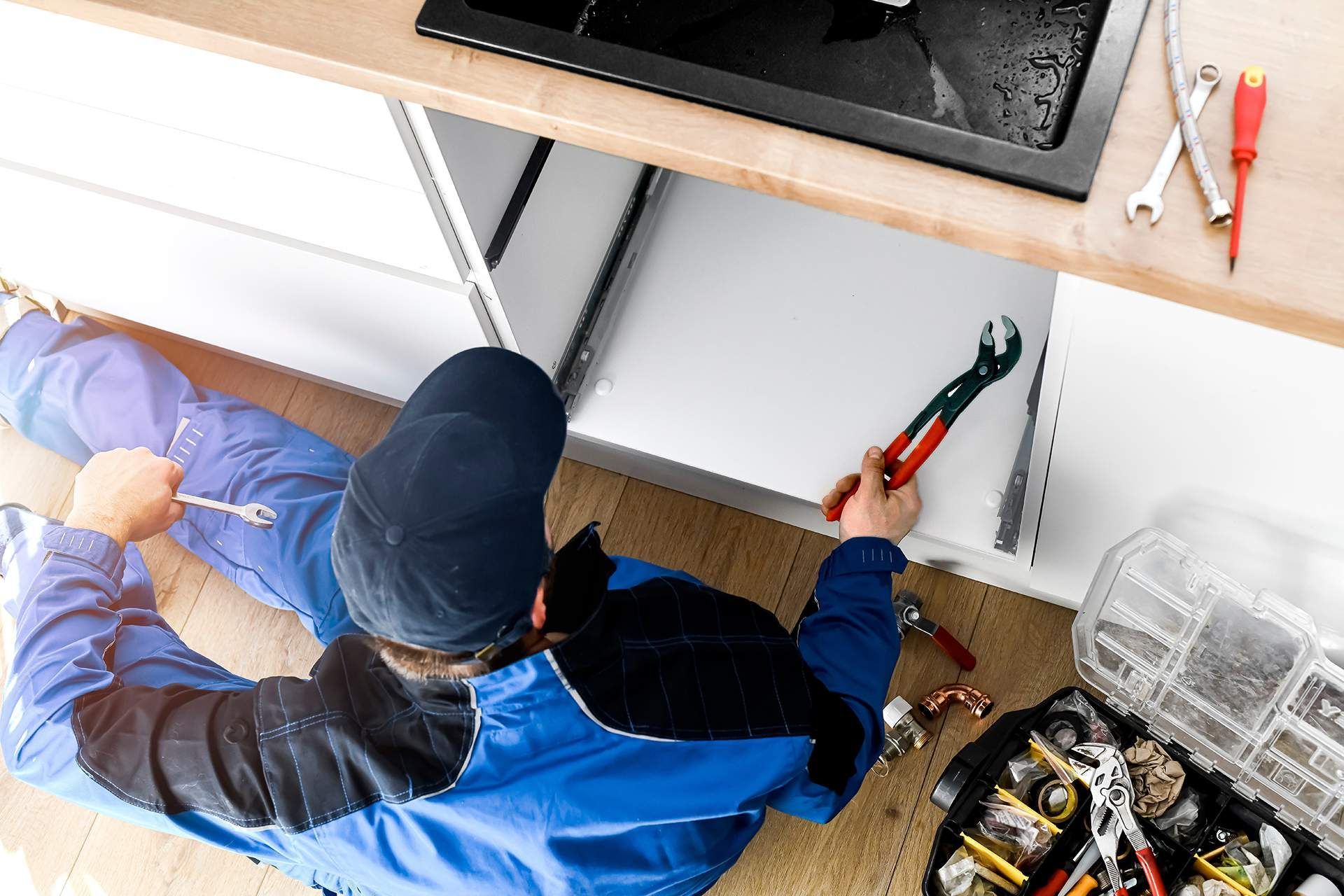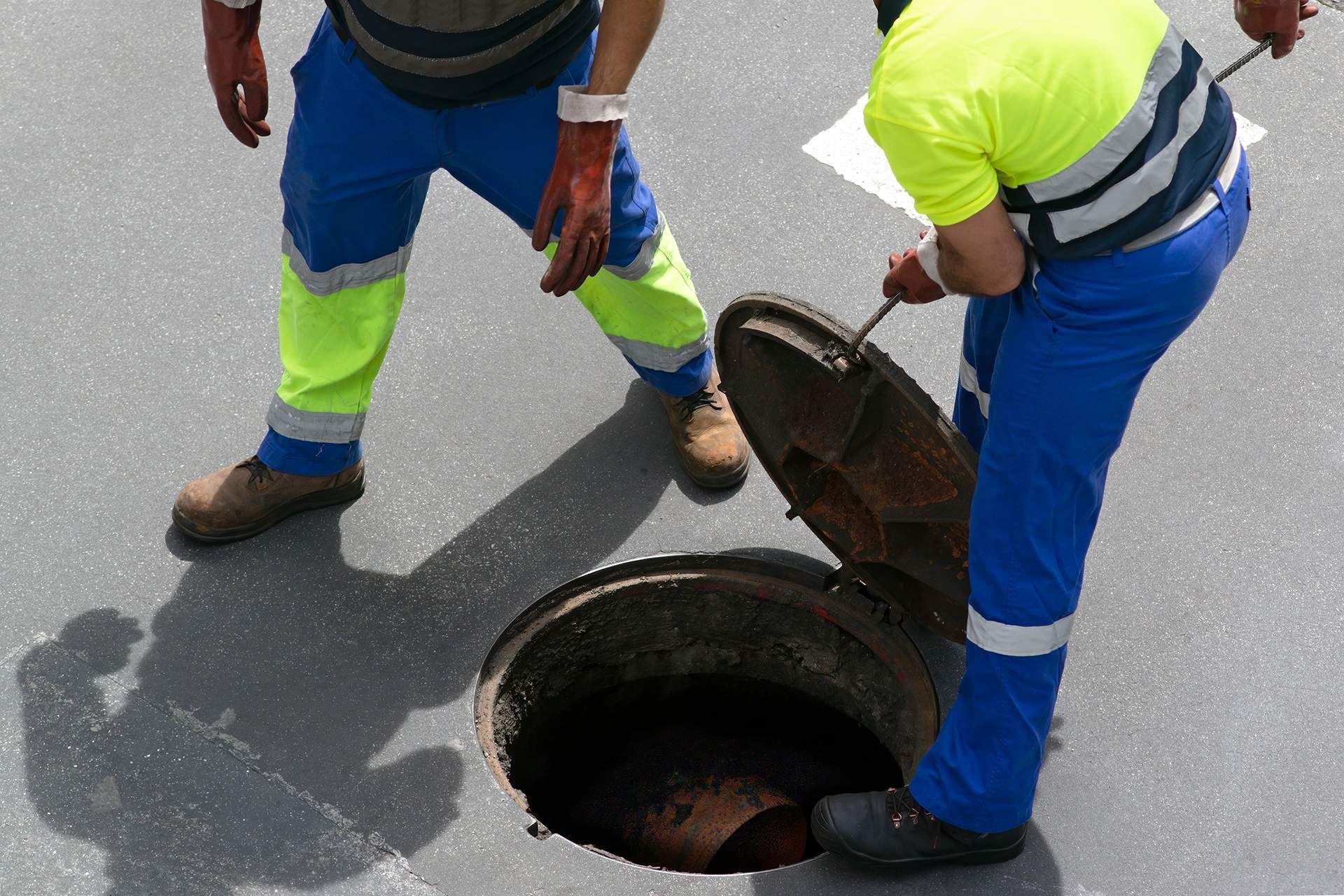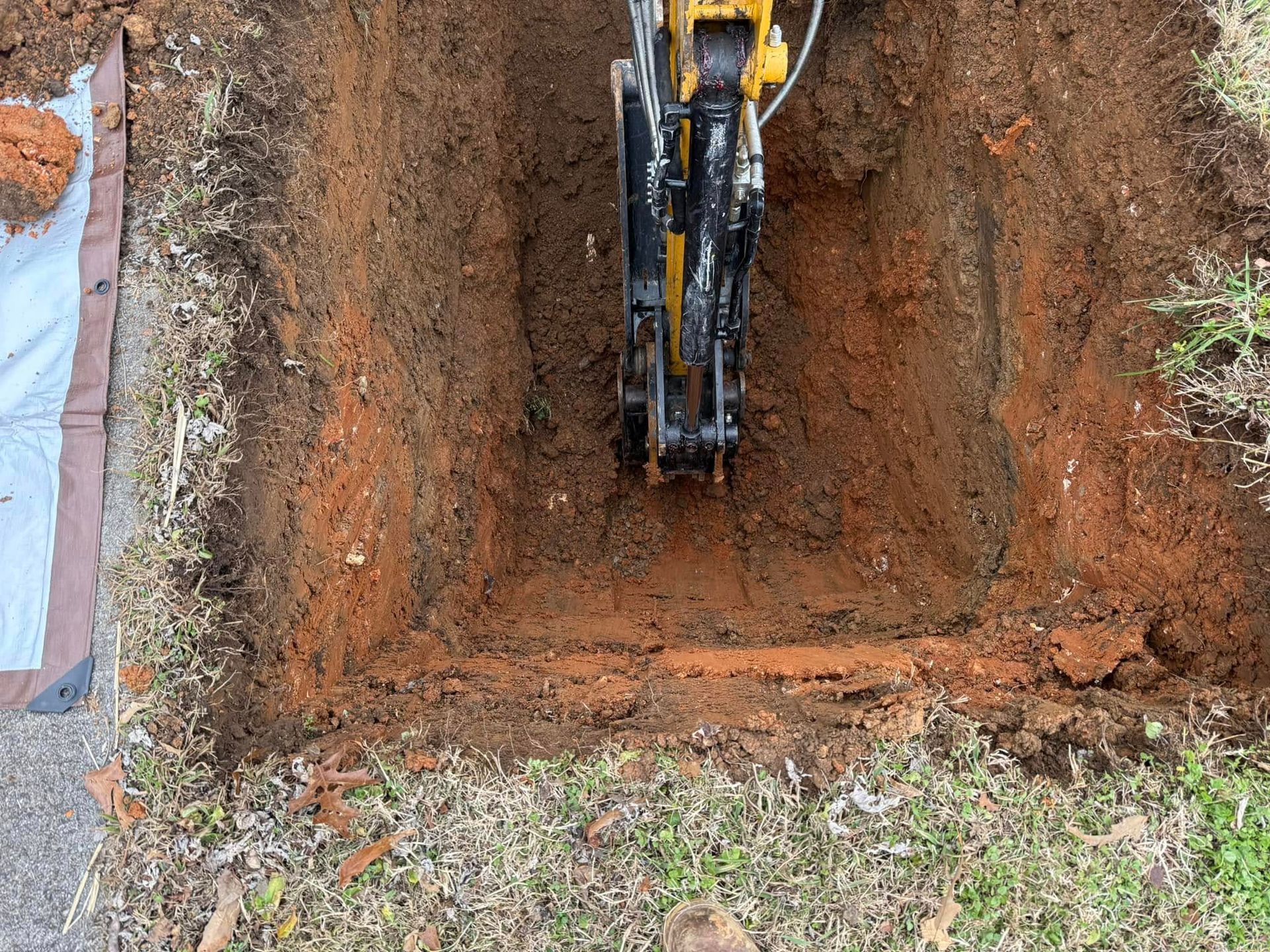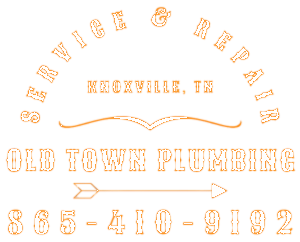How to Maintain Healthy House Water Pressure in Your Home
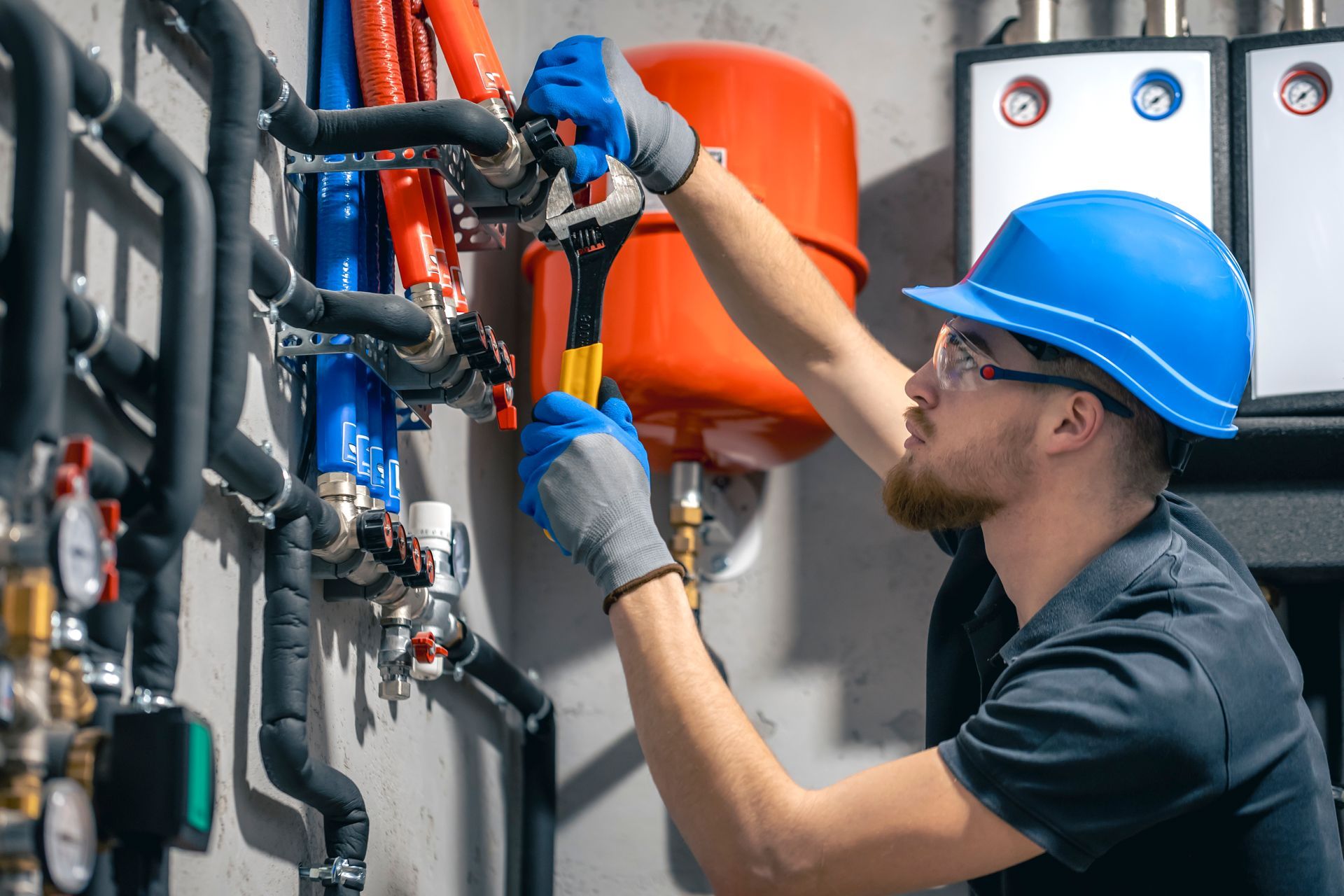
Table of Contents
- Why House Water Pressure Matters More Than You Think
- Everyday Problems Caused by Bad Water Pressure
- What Causes House Water Pressure to Fluctuate
- Subtle Warning Signs You Shouldn’t Ignore
- Practical Ways to Improve and Maintain Balanced Water Pressure
- Tools That Keep Your Plumbing System in Check
- When It’s Time to Call a Professional Plumber
- Long-Term Maintenance Habits for Reliable Water Pressure
- Final Thoughts and How We Can Help
Key Takeaways
- House water pressure impacts comfort, convenience, and the lifespan of your plumbing system.
- Ignoring pressure problems can lead to hidden leaks, damaged appliances, and costly repairs.
- Regular checks, early leak detection, and professional inspections help prevent disasters.
- Professional plumbers provide lasting solutions when DIY efforts fall short.
Why House Water Pressure Matters More Than You Think
Most homeowners don’t think twice about their house water pressure until something goes wrong. You wake up, step into the shower, and instead of a refreshing spray, you’re left standing under a sad drizzle. Or maybe you’ve experienced the opposite—turning on the faucet only to feel like the water is blasting out with the force of a fire hydrant, making a mess of your sink and straining your pipes. For homes that already rely on advanced systems such as tankless water heater installation, pressure problems can be even more disruptive, since these units depend on steady water flow to function efficiently.
Healthy water pressure isn’t just about comfort; it’s about the health of your plumbing system. If the pressure is too low, your daily routines—like showering, running the dishwasher, or doing laundry—become frustratingly inefficient. If the pressure is too high, the long-term damage can be devastating: burst pipes, damaged seals, worn-out appliances, and skyrocketing water bills.
Think of your plumbing system like the circulatory system in your body. Just as blood pressure needs to be balanced, so does house water pressure. Too much or too little puts unnecessary stress on the system, and over time, that stress shows up in the form of leaks, breakdowns, and expensive repairs.
Everyday Problems Caused by Bad Water Pressure
Let’s be real: water pressure issues have a way of creeping into your life when you least expect it. That weak trickle in the shower? It’s more than an inconvenience—it can mean your pipes are clogged with minerals, or a leak is silently draining water where you can’t see it.
On the other hand, high water pressure might feel great when you’re rinsing off soap quickly, but it wreaks havoc on your plumbing over time. Imagine a hose connected to your outdoor spigot. If you blast it at full force, that hose won’t last long. The same is true for your home’s pipes. Gaskets, fittings, and appliances weren’t built to withstand extreme pressure day after day.
Appliances like dishwashers, washing machines, and even tankless water heaters are especially vulnerable. When the pressure is too high, the internal parts that regulate water intake wear out much faster. Suddenly, your “new” appliance needs repairs or replacement long before its expected lifespan.
And then there’s the cost. Unstable house water pressure doesn’t just shorten the life of your plumbing system—it can quietly drain your wallet. Hidden leaks caused by pressure fluctuations often lead to unexpectedly high water bills, leaving homeowners scratching their heads until the damage is discovered.
What Causes House Water Pressure to Fluctuate
So, why does water pressure change in the first place? For most homeowners, the causes fall into two categories: problems inside your home and issues with the municipal water supply.
Inside the home, pipes can become clogged with sediment, especially if you live in an area with hard water. Over time, this buildup narrows the passageways, leaving less room for water to flow. Older plumbing systems, particularly those with galvanized steel pipes, are notorious for corrosion that restricts water flow.
Leaks are another common culprit. Even a small, unnoticed leak can drop your house water pressure significantly. It’s like trying to drink through a straw with a hole in it—you’ll never get the full flow.
On the flip side, excessively high water pressure often points to a missing or malfunctioning pressure regulator. Municipal water suppliers often deliver water at higher pressures to accommodate large-scale demand. Without a regulator to bring it down to safe household levels, your plumbing system is left vulnerable.
Subtle Warning Signs You Shouldn’t Ignore
The trouble with water pressure issues is that they don’t always announce themselves loudly. Instead, they whisper—small, subtle signs that something’s not quite right.
Maybe your shower feels weaker than usual, or your faucets take forever to fill a pot of water. Perhaps you hear pipes rattling in the walls when you turn off a tap. Even a toilet that keeps running despite a recent fix can be a symptom of pressure that’s either too high or too low.
Another red flag is your water bill. If your usage hasn’t changed but your bill has jumped, you may be losing water to leaks. Pressure that’s too strong can cause pinhole leaks, while pressure that’s too weak can mean water is escaping somewhere in the system.
Ignoring these signs is risky. By the time the problem becomes obvious—like a burst pipe or a flooded basement—the damage is already extensive and costly.
Practical Ways to Improve and Maintain Balanced Water Pressure
The good news is that you don’t always need to wait for disaster to strike. There are practical steps you can take right now to protect and improve your house water pressure.
Start with a simple test. Buy an inexpensive water pressure gauge at your local hardware store, screw it onto an outdoor faucet, and turn on the water. A healthy reading should fall between 40 and 60 PSI. If you’re consistently outside that range, it’s time to investigate further.
If the pressure is low, check faucets and showerheads for buildup. Unscrew them, soak them in vinegar, and clear away mineral deposits. Sometimes the fix is that simple. If the pressure is high, locate your pressure regulator—usually found near the main shut-off valve. Adjustments can sometimes be made with a wrench, though if you’re not comfortable doing this, it’s best left to a plumber.
Leaks are trickier. One way to test is to shut off all water-using appliances and faucets in the house, then check your water meter. If it’s still moving, water is escaping somewhere. Finding the source might require professional equipment, especially if the leak is behind walls or underground.
Tools That Keep Your Plumbing System in Check
There are a few key devices every homeowner should know about when it comes to managing house water pressure. A pressure regulator is at the top of the list. This device ensures that the water entering your home is at a safe, manageable level. Without it, your system is at the mercy of whatever pressure the city is pushing out.
Expansion tanks are another smart investment, especially if you have a closed plumbing system and a water heater. When water heats up, it expands. Without a tank to absorb that expansion, pressure builds up and stresses your pipes.
Finally, consider water softeners if you live in a hard water area. By reducing mineral buildup, they prevent clogs and help keep your water flow steady. These aren’t “nice-to-haves”—they’re protective measures that extend the life of your plumbing system and work hand in hand with upgrades like tankless water heater installation.
When It’s Time to Call a Professional Plumber
There comes a point when DIY solutions just aren’t enough. If you’ve tried the basics and your house water pressure still isn’t right, it’s time to bring in a professional.
Plumbers have the tools and expertise to diagnose issues that aren’t visible. They can pinpoint hidden leaks, replace failing regulators, and recommend upgrades for aging plumbing systems. More importantly, they can provide peace of mind. Instead of wondering if you’ve fixed the problem, you’ll know it’s been handled correctly.
Calling a plumber sooner rather than later often saves money in the long run. A professional inspection can catch small issues before they turn into major emergencies, keeping repair costs and water damage to a minimum.
Long-Term Maintenance Habits for Reliable Water Pressure
Maintaining healthy house water pressure is an ongoing process, not a one-time fix. Simple habits go a long way in keeping your system balanced.
Schedule annual plumbing inspections, even if nothing seems wrong. Just like visiting the doctor for a checkup, preventive care can uncover issues before they spiral out of control.
Keep your water heater flushed and maintained. Sediment buildup in the tank doesn’t just affect heating efficiency—it can also block water flow and alter pressure.
If your home still has old galvanized pipes, consider upgrading to copper or PEX. It’s an investment, but one that pays off in both performance and reduced repair costs.
Finally, stay alert. The sooner you notice and respond to changes in water pressure, the less damage your system will suffer.
Final Thoughts and How We Can Help
Maintaining proper house water pressure isn’t just about convenience. It’s about protecting your plumbing system, extending the life of your appliances, and safeguarding your home from unexpected damage. Low pressure can leave you frustrated, while high pressure can destroy your plumbing from the inside out. The key is balance—and balance requires regular attention.
If you’ve noticed changes in your water pressure, don’t wait for the problem to get worse. Our team at Old Town Plumbing specializes in diagnosing and fixing these issues so you can enjoy reliable water flow every day. Call us at 314-363-6554, or email us at molly.porfidio@gmail.com to schedule your service today.
Your home deserves safe, steady water pressure—and Old Town Plumbing is here to make sure you have it.
Frequently Asked Questions
1. What causes sudden changes in house water pressure?
Sudden shifts in house water pressure often point to underlying plumbing issues. A hidden leak, a clogged pipe, or even sediment buildup inside your water heater could be the culprit. Sometimes the problem is as simple as a faulty pressure regulator, while in other cases, it could be tied to municipal water supply fluctuations. Identifying the source quickly can help prevent bigger repairs later on.
2. How can I tell if low house water pressure is from my home or the city supply?
A simple way to check is to test multiple faucets. If the low house water pressure affects only one fixture, the problem is likely inside your home, perhaps due to a clogged aerator or local pipe issue. If all faucets have weak flow, it’s worth checking with your city water provider to see if they’re performing maintenance or experiencing supply problems.
3. Can high house water pressure damage my plumbing system?
Yes. While strong water flow might feel convenient, high house water pressure can stress your pipes, fixtures, and appliances. Over time, this strain can cause leaks, burst pipes, or damage to water-using appliances like dishwashers and washing machines. Installing a pressure regulator is a reliable way to keep levels safe and consistent.
4. What home maintenance steps help keep house water pressure consistent?
Regular maintenance is key. Flushing your water heater annually, inspecting pipes for leaks, and making sure pressure regulators function correctly all help stabilize house b before they disrupt water flow.
How often should I maintain my drains so I don’t always need to learn how to unclog sink pipes?
Regular maintenance is key. Flushing your water heater annually, inspecting pipes for leaks, and making sure pressure regulators function correctly all help stabilize house b before they disrupt water flow.
